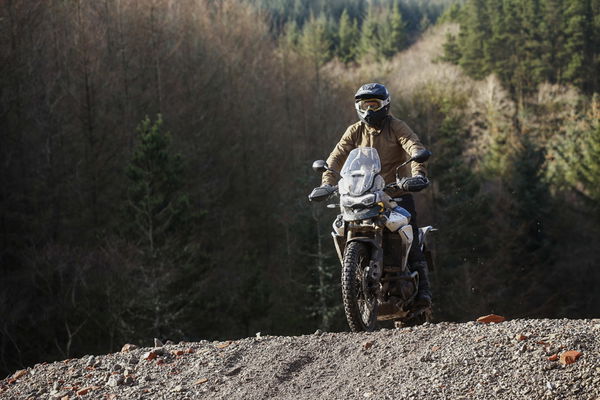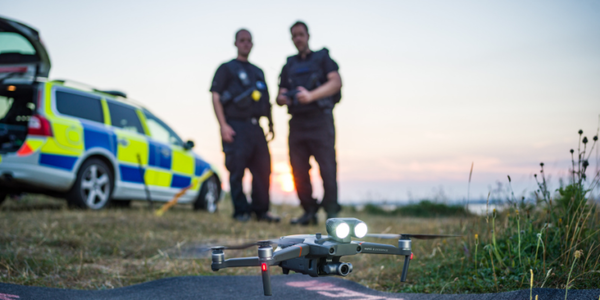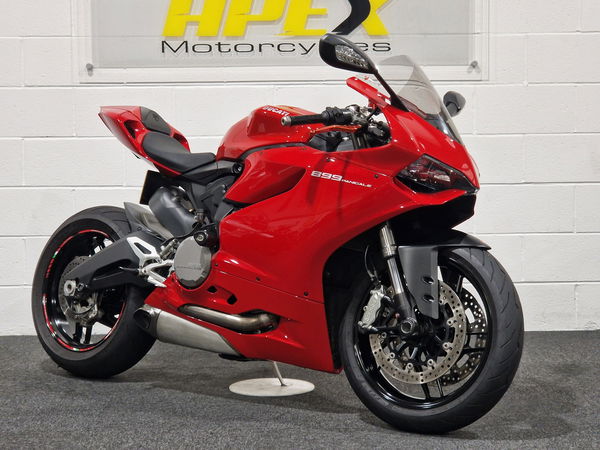Top off-road tips from Matt Reed and Triumph Adventure Experience
Matt Reed shares 6 of his top off-road tips that also carry over to normal riding. Great for when you're getting back on a motorcycle - or planning a tour!
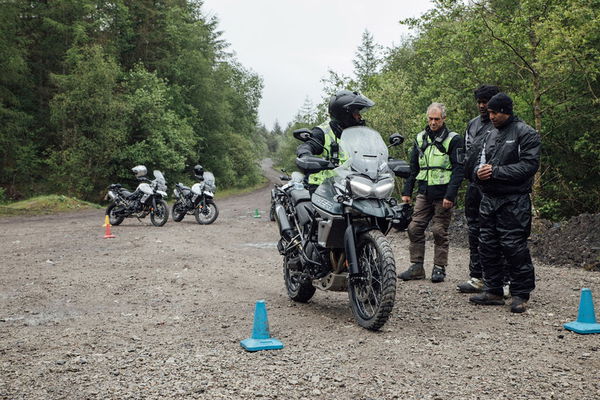
ONCE the world is back open for business again, and we can all come out of a long inflicted hibernation, will your riding skills be what they once were? Here's some top off-road tips!
Triumph Adventure Experience sat down (virtually) with Matt Reed - former British and World Enduro, British Rally & Cross-country champ, and now Chief Operations Manager for Triumph Adventure Experience - to discuss the top tips on how to get ready for your next off-road adventure.
Top off-road tips from Matt Reed
1. Practice slow speed balance
If you have space on a drive, garden or cul-de-sac, set up some markers, get out there and do some slow circles while standing up, covering the clutch and brakes. It more difficult than you think. This is designed to test your balance and handling of the bike.
Do your best to keep it smooth and slow.
2. Controls
Check you are happy with your controls and adjust your set up for the correct percentage of road and off-road riding that you’ll be doing. It’s important to remember the more off-road you’re likely to encounter the more important it is to have your handlebars further forward, your levers higher and your foot controls accessible.
Off-road set ups don’t lend themselves to long distance road travels, so get the settings right in advance.
3. Tyres and tyre pressures
Choose the correct tyre to suit your requirements. Don’t buy an off-road tyre and plough thousands of miles on tarmac - assess your needs. Before you use your off-road tyres on gravel trails find a good balance in the tyre pressure. Off-road tubeless tyres can run on a slightly lower tyre pressure than tubed tyres, as you’re more likely to avoid compression punctures.
It’s also important to remember that adventure bikes like our Tiger 1200 are heavier than smaller dirt bikes so don’t run tyre pressure too low.
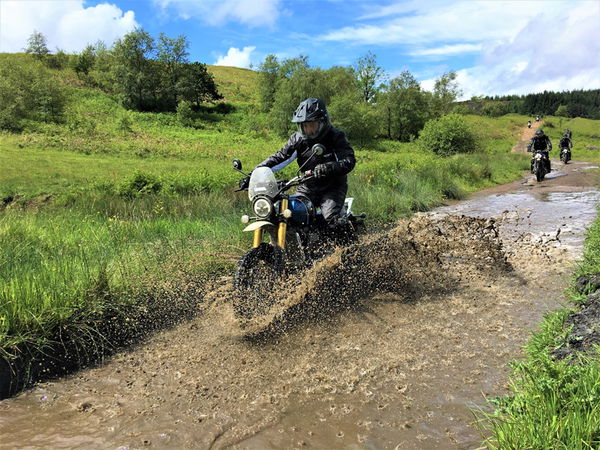
4. Hydration
Set yourself up with either a water bottle which can be easily accessed or a hydration pack. Hydration packs are great as you don’t need to stop to take a drink, and if you carry it in your back pack, you can also carry tools, waterproofs and any extra kit – all added benefits.
5. Tools
Before you leave, make sure you have exactly what you need to take on an adventure. My tool kit never gets bigger than a bum bag; this can then either be packed in my panniers, top box, back pack or worn if I’m not taking luggage. The tool kit should contain the basics and be built up of tools which are not from your main workshop kit so they’re never missed. This tool kit includes:
(A) Tools to remove and repair punctures to both front and rear wheels
(B) Tow rope, so you can tow as a last resort a motorcycle to assistance/recovery
6. Planning
Never ride off-road on your own, as without your fellow bikers, it could be more difficult to pick up a bike, navigate or make repairs if needed. If you have no choice, ensure you’ve communicated what you intend to do, where you’re going and carry some form of communication/phone.
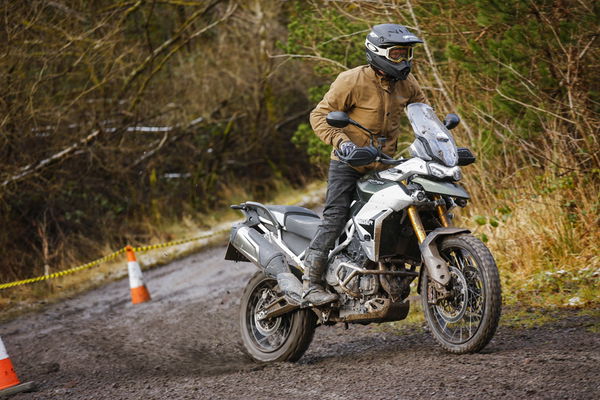
Matt Reed explains:
“Our aim is to teach riders new skills and give them the safety mechanisms to deal with a multitude of off-road situations with confidence. We want riders to enjoy off-road riding without hurting themselves, and minimising damage to the motorcycle.
“After every course or training session we ensure riders leave with enough knowledge to safely get out and enjoy the trails and adventures they’ve dreamed about and planned all lockdown.
“The way that we have structured the training and experiences we offer, means that riders have the opportunity to slowly build their off-road skills.
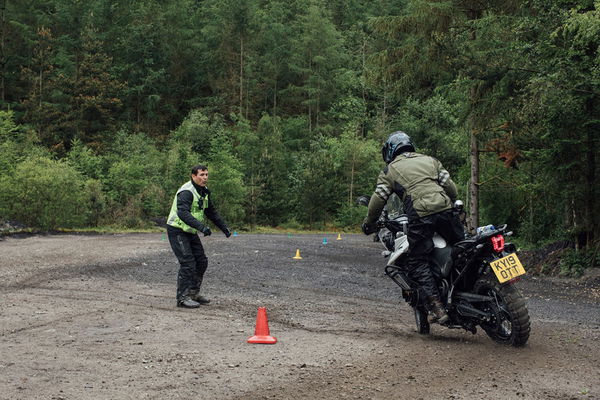
“For those who strive to achieve high grades, we have slightly more challenging courses, we’ve now set up Level 1, 2 and 3 programmes for those looking to progress and refine their skills.
“For those who have been before, we are constantly evolving our training facilities, adding new, exciting elements to the curriculum and mapping out new routes to ensure our customers get the most out of their time with our adventure training.”
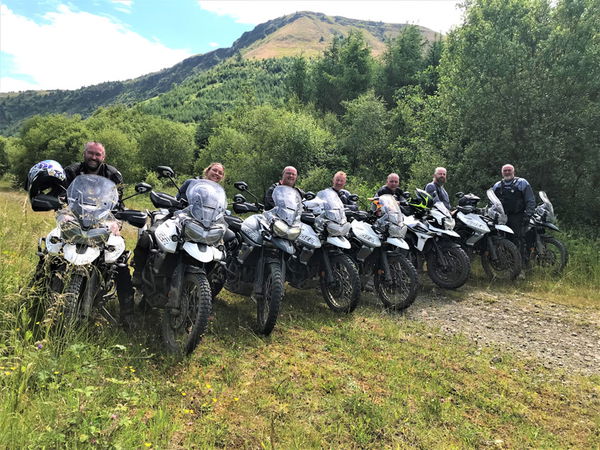
For anyone wishing to improve their skills and confidence on and off-road, the Triumph Adventure Experience is open for bookings for the 2021 season, from April to October. Find out more, or check out the off-road course in South Wales at the foot of the Brecon Beacons, head here: Triumph Adventure Experience.
You’ll get to ride the Triumph Tiger 900, 800 XC & 1200 XC, Bonneville Street Scrambler, and Scrambler 1200!
